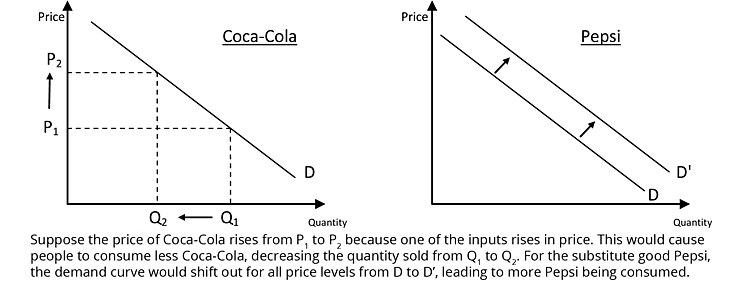Krugerrand
Meow
When I was a teenager, I knew a guy who had a lightning strike affect their house. His computer was on a surge protector, but his stereo wasn't, and he had an audio cable connecting the two so that he could play music on his stereo. The strike managed to fry his computer via a surge on the audio connector, yet the stereo itself remained fine. Well, mostly. On rare occasions, if the sound got too loud, the stereo would shut offBut otherwise, no symptoms, despite the fact that a computer-frying surge flowed through it.
Surges from the grid itself are the real permanent threat to electronics in an EMP attack.
It's nice that the fuses in the Model 3 are almost all solid-state. Virtually instant response to surges, and reset without requiring service. AFAIK, the only ones that aren't are the pack's pyro fuse, and the wire bonds that connect the individual cells to the controller.
Yeah, been there, done that. I have one property that tends to get hit by lightning with regularity. When a storm is on the way we don’t play around even a little bit despite everything having surge protectors. Everything gets straight up unplugged, even the toaster.



